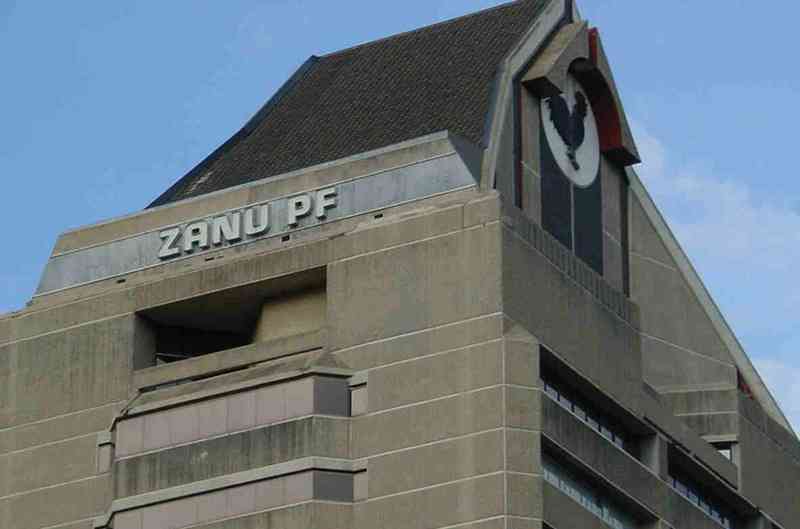
A GHANA military delegation visited the Geo Pomona waste-to-energy plant to have an appreciation of how the project operates as a blueprint for sustainable waste management and clean energy generation.
The delegation from Ghana’s Armed Forces Command comprised participants from Senior Command and Staff Course Number.
Squadron leader Elizabeth Fadilatu Salifu, of the Ghana Air Force, said they were keen to learn how the project managed to turn waste into a valuable resource while tackling environmental and energy challenges.
“We are students from Ghana and today, we are here to appreciate this waste-to-energy plant,” she said.
“We are impressed that Geo Pomona is taking interest in promoting clean energy.”
Dean of the Ghana Armed Forces Command College, Napoleon Kurentin, echoed similar sentiments.
“This initiative is not only about clean energy but it is a strategic environmental protection measure,” he noted.
The visit was part of a broader study tour focused on climate change and its implications for national development.
- Harare mayor embraces Pomona project
- Geo Pomona soccer pitch gets Fifa certification
- Geo Pomona ground gets Fifa field certificate
- Geo Pomona’s Nguwaya honoured
Keep Reading
Commander of the Ghana Armed Forces Command College, Major General Matthew Essien, described the tour as “an eye-opener”.
“My perception of waste management has changed completely,” he said.
“What I’ve seen here is remarkable. Waste is not just waste — it is a resource and an economic asset.
“This is a model that should be replicated across Africa.”
Geo Pomona chief executive Dilesh Nguwaya took the visitors through the site’s remarkable transformation.
“This area used to be an open dumpsite, even home to squatters. Today, it is a symbol of innovation and environmental renewal,” he said.
He added that the site now boasts international-standard sport facilities and that construction of the main waste-to-energy plant will accelerate next month.
The plant is expected to process up to 1 000 tonnes of waste daily and generate 22 megawatts of electricity, which will be fed into Zimbabwe’s national grid.










